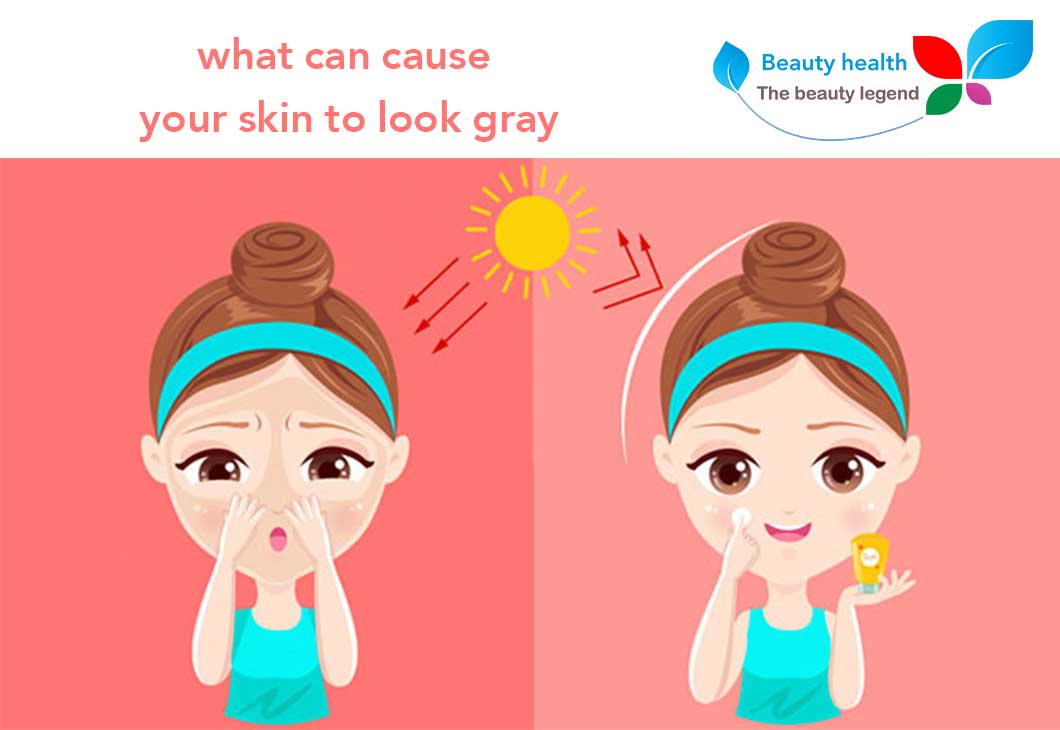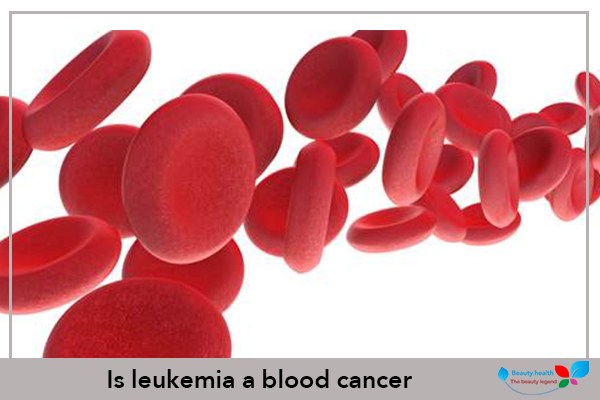what can cause your skin to look gray
what can cause your skin to look gray:
what can cause your skin to look gray | Suddenly changing the color of the skin of the leg, face, hand or back to black is caused by a change in the color of the skin pigments, which is due to several factors and reasons that affect the skin and the skin, causing the change in its color. Let us know in this article the most important reasons for changing the color of the skin to black.
What is dark or black skin?
- Dark skin (hyperpigmentation) is the appearance of patches of skin that become darker than the surrounding area and hyperpigmentation can include the entire surface of the skin of the body.
- The change in color occurs when there is an overproduction of melanin, the pigment normally found in the skin.
- Forms deposits that darken the skin tone. Dark skin can develop in people of all races.
- Melasma is the increased pigmentation of the skin that usually occurs on surfaces exposed to the sun. Dark skin appears in the form of fairly small spots, called “age spots”.
- Or freckles, which can result from sun damage acquired over a long period of time.
- Sun exposure is one of the most common causes of darkening of the skin tone. Melanin absorbs energy from the sun’s ultraviolet rays as a natural way to protect the skin.
- skin from overexposure.
- Dark skin sometimes appears as a result of a hormonal change (during pregnancy or when using birth control pills) or Addison’s disease, which is characterized by the production of hormones from the adrenal gland.
- Dark skin can be caused by a combination of sun exposure and an allergic reaction, usually to a particular plant or chemical.
Symptoms that affect the skin while changing its color to dark:
- Feeling of burning (in cases of reactions with exposure to chemicals).
- Skin flakes and peeling.
- itchy skin;
- redness, warmth, or swelling
Symptoms affecting the body may occur with a change in the color of the skin to dark:
- constipation ;
- Melancholy.
- diarrhea ;
- fatigue.
- Hypersensitivity to Glucosa.
- High blood pressure .
- Joint pain .
- Lack of interest in sex.
- Anorexia.
- lower abdominal pain
- Absence of menstrual periods in women.
- Pain in the upper right part of the abdomen.
Symptoms that may indicate a serious condition:
- constipation;
- Depression or irritability, mood changes.
- Diarrhea.
- Excessive urination and thirst.
- fatigue.
- blood pressure fluctuations;
- Joint pain.
- Loss of appetite or unexplained weight loss with increased appetite.
- Absence of menstrual periods and lack of interest in sex.
- Pain in the upper right part of the abdomen.
What are the reasons for changing the color of the skin to black?
- Some of the most common forms of dark skin are caused by sun damage, specifically from the sun’s ultraviolet rays.
- Darkening of the skin can also be caused by a hormonal change or a congenital or hormonal disorder (Addison’s disease).
- It can cause a combination of exposure to sunlight and an allergic reaction to a particular plant or chemical.
Genetic causes of dark skin
- Acanthus nigricans.
- seamless dyeing;
- Neurofibromatosis (Coffee-milk spots, which are light or dark brown patches of skin that are present from birth).
- Dry skin patches (a genetic disorder of nuclear repair).
Hormonal causes of dark skin:
- Addison’s disease (excessive production of hormones by the adrenal glands).
- Cushing’s disease (high levels of corticosteroids in the bloodstream).
- hyperthyroidism;
- pregnancy.
- Oral contraceptives.
Environmental causes of dark skin:
- Sun light.
- Toxic chemicals (arsenic).
Other causes of dark skin:
- Diabetic dermatopathy (light brown patches, scaly due to diabetes-related changes in the blood vessels).
- Freckles.
- Hemochromatosis.
- Tinea versicolor (a fungal skin infection, Malassezia furfur).
Serious or life-threatening causes of dark skin:
- Addison’s disease.
- Hemochromatosis (a disorder characterized by excess iron in the body).
At the end of the article, what can cause your skin to look gray:
We have learned about what can cause your skin to look gray and how it can be dealt with in a healthy and sound manner. You can also write your inquiries in the comments.






